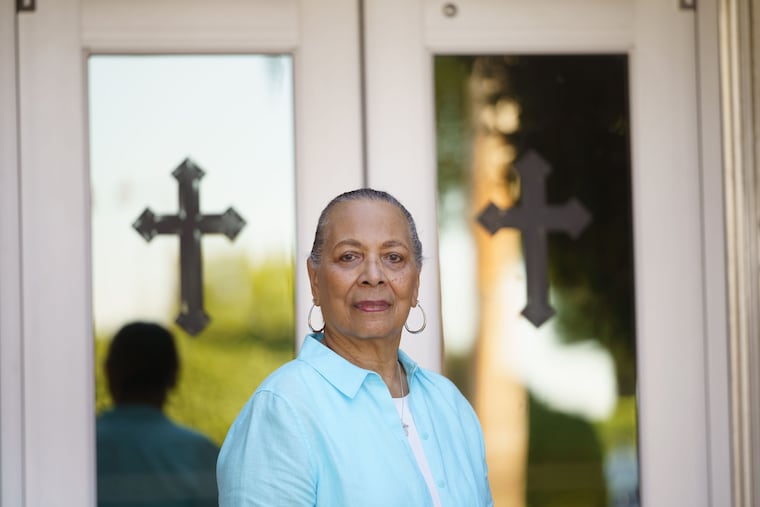Pa. seniors long have faced higher risks of dying in falls. The pandemic may have made it worse.
Fall-related deaths reached near-highs in 2020: an estimated 76.3 fatalities per 100,000 people between July and September, a 9% jump from the previous year. Yet many could have been prevented
